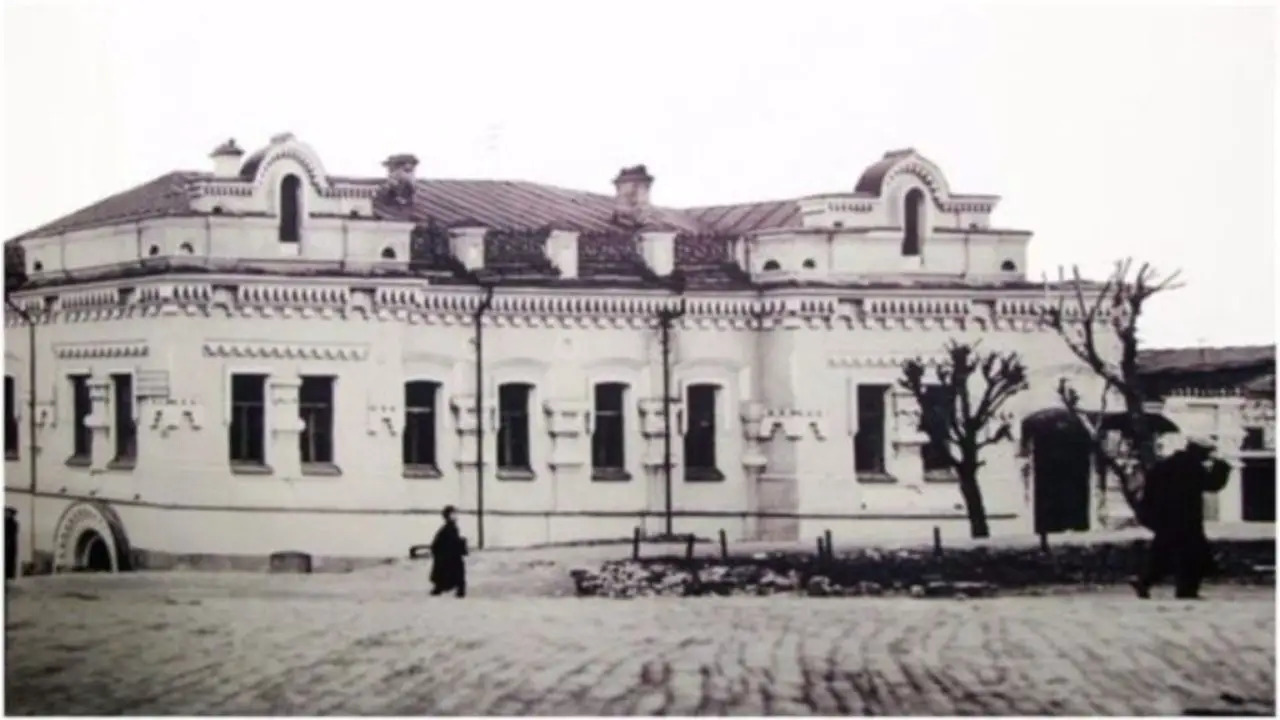Ipatiev House is a merchant's house in Yekaterinburg where former the assassination of Russian Emperor, Nicholas II, his family, and members of his household took place on July 16, 1918. The house was later summoned to the Ural Soviet office and ordered to vacate what was soon to be known as The House of Special Purpose.
The Crown is a Netflix historical drama television series about Queen Elizabeth II's reign, created and primarily written by Peter Morgan and produced by Left Bank Pictures and Sony Pictures Television. Morgan adapted it from his drama film The Queen (2006), especially his stage play The Audience (2013). The first season spans the years 1947 to 1955, from Elizabeth's marriage to Prince Philip, Duke of Edinburgh, to the breakdown of her sister Princess Margaret's engagement to Group Captain Peter Townsend.
The second season takes place between the 1956 Suez Crisis and the retirement of Prime Minister Harold Macmillan in 1963, as well as the birth of Prince Edward in 1964. The third season spans 1964 to 1977 and features two terms as Prime Minister by Harold Wilson, as well as the introduction of Camilla Shand. The fourth season focuses on Margaret Thatcher's tenure as Prime Minister as well as Prince Charles' marriage to Lady Diana Spencer.
Recently, Season five almost universally received negative feedback from the historical figures portrayed and those who knew them before its release, especially for fabricating scenes in episode six titled Ipatiev House which brought decades-old global tensions to the surface once more while the Queen struggled with the horrifying fate of her Romanov relatives as present-day relations with Moscow started to warm up. As a result, a lot of viewers have been interested in learning more about the house and wondering what sparked the Ipatiev House controversy.
Previously, we touched on Norton Knatchbull and Penny Knatchbull.
Ipatiev House From The Crown: Emperor Tsar Nicholas of Russia and His Entire Romanov Family Were Assassinated Inside the House!
The sixth episode of Netflix's The Crown season 5 titled Ipatiev House begins with the execution of Russia's Tsar Nicholas and his family, and it's easily the most bloody episode of The Crown we've ever seen. It all began in 1917, during the Bolshevik Revolution and World War I.
Nicholas of Russia was recently been deposed, and in order to ensure his and his family's safety amid the turmoil of the revolution, British Prime Minister David Lloyd George sought permission from King George V (Elizabeth's grandfather) to send a ship to Russia to retrieve the Russian royals.
This included transporting Nicholas, his wife, Alexandra, their five children, and several of their servants, who had been forced to live under house arrest and were being shuttled from one location to another during the political upheaval that brought Vladimir Lenin to power.
On the evening of July 16, 1918, the Romanovs were coerced down into the basement of the Ipatiev House, lined up against the wall, and massacred in the early hours of July 17, 1918. The brutal portrayal of events by the Netflix series is, sadly, very close to reality.
Similarly, in an article for HistoryExtra, historian Helen Rappaport described the family's assassination by stating:
Professional marksmen would have completed their gruesome task in seconds, but it took a 20-minute frenzy of shooting, screaming, acrid smoke and fumes, blood and gore before ferocious bayonetting finally finished off those victims still alive.
Meanwhile, Ipatiev House was a merchant's house in Yekaterinburg (later renamed Sverdlovsk in 1924, renamed back to Yekaterinburg in 1991) where the former Emperor Nicholas II of Russia (1868-1918, reigned 1894-1917), his family, and members of his household were murdered in July 1918 following the Bolshevik Revolution.
In the 1880s, Ivan Redikortsev, a mining official, commissioned the construction of a two-story house on the slope of a prominent hill. The facade measured 31 meters in length. In 1898, the mansion was sold to Sharaviev, a shady gold dealer. The house was purchased ten years later by Nikolai Nikolayevich Ipatiev, a military engineer, who converted the ground floor into his office.
Then Ipatiev was summoned to the Ural Soviet office at the end of April 1918 and ordered to vacate what was soon to be known as "The House of Special Purpose," according to information supplied by Pyotr Voykov.
Photographs of the fenced house were circulated in the Soviet press as slightly earlier as 1923 under the label the last palace of the last Tsar. The house was designated as a branch of the Ural Revolution Museum in 1927. It was then converted into an agricultural school before becoming an anti-religious museum in 1938.
During this time, it was customary for party officials to arrive in large tour groups and pose in front of the bullet-damaged wall of the cellar where the former Tsar and his family were executed. It was taken over by the local Communist Party in 1946. It was formally designated as a Historical-Revolutionary Monument in 1974. However, it was gradually becoming a pilgrimage site for those who wished to honor the imperial family's memory.
The house also has served as the setting for three plays: Ekaterinburg (David Logan, 2013), OTMA (Kate Moira Ryan, 2006), and The House of Special Purposes (Heidi Thomas, 2009). All three plays are about the Romanovs and their retainers' time in captivity inside the Ipatiev House.
Visit Celebs In-depth for more interesting stories about your favorite celebs.

